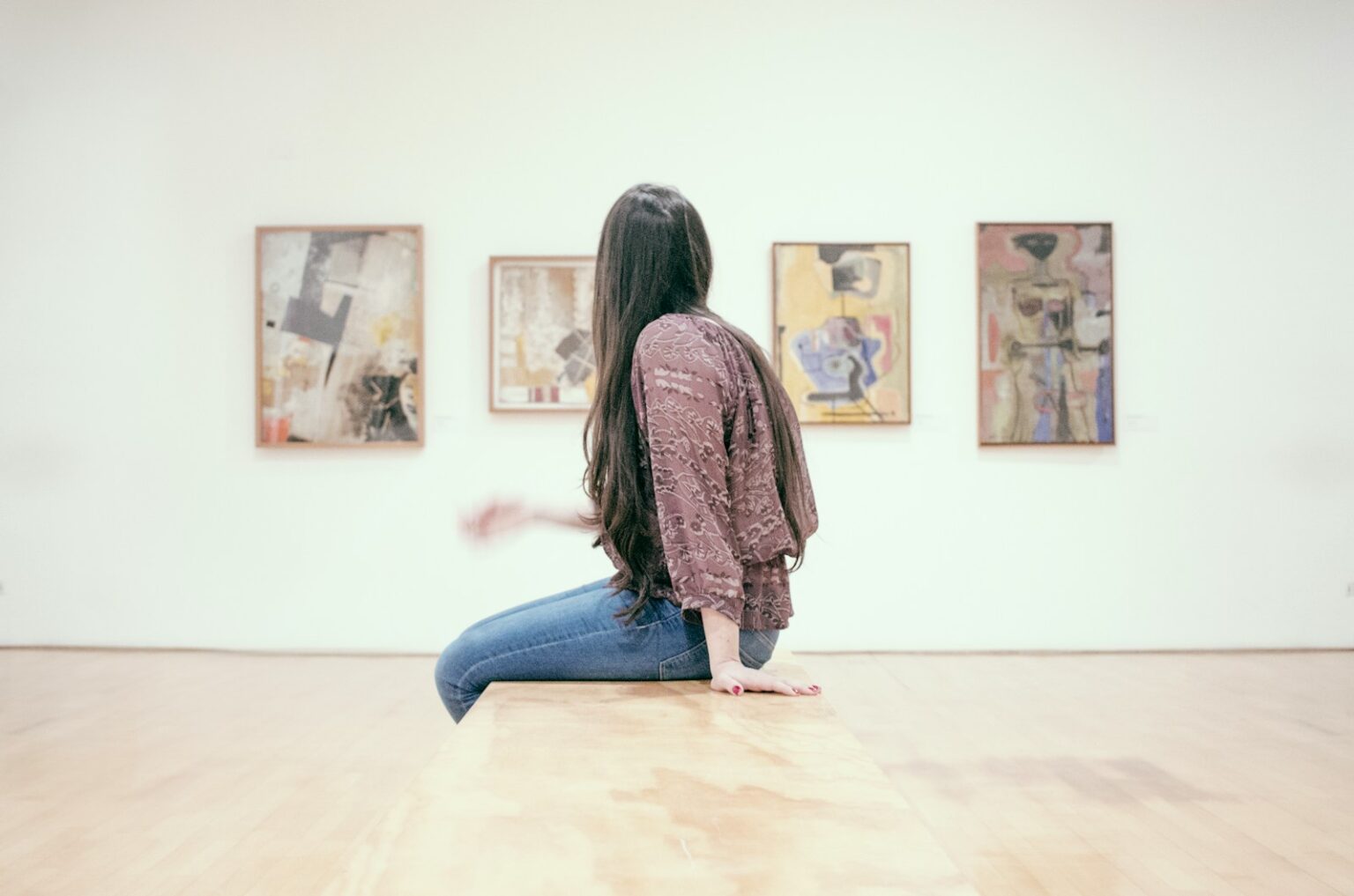Pablo Picasso, one of the most influential artists of the 20th century, is the focus of a groundbreaking exhibition at the M+ museum in Hong Kong. The show, titled “The Hong Kong Jockey Club Series: Picasso for Asia—A Conversation,” brings together more than 60 works by Picasso alongside around 130 pieces by Asian and Asian-diasporic artists from the M+ collection. The exhibition aims to create a dialogue between Picasso’s work and that of artists from different generations and regions, spanning from the early 1900s to the present day.
By juxtaposing Picasso’s masterpieces with creations by artists such as Isamu Noguchi, Luis Chan, and Haegue Yang, the show offers a fresh perspective on the Spanish master’s legacy and his influence on art across cultures. One of the most surprising aspects of the exhibition is the exploration of Picasso’s dove image as a political symbol in Communist China. Despite Picasso’s art being banned in China during the 1950s, his dove image still found its way into Chinese magazines and postage stamps, promoting world peace and flying above iconic landmarks like Beijing’s Forbidden City.
Picasso’s legacy in Asian art
The exhibition also showcases one of Picasso’s rare political paintings, “Massacre in Korea” (1951), which depicts the horrors of the Korean War. The piece was originally created for the Communist Party but was rejected due to its portrayal of the aggressors and victims.
Critics from the party chided Picasso for not making the American nationality of the aggressors more explicit and for portraying an execution instead of resistance. Modern interpretations of Picasso’s work must also address the artist’s troubled relationships with women, who often served as his muses and subjects. Exhibition co-curator Doryun Chong notes, “Anyone writing on Picasso today would be remiss not to recognize what we now know about the troubling aspects of his biography, especially his relationship with women who were also the main subjects of his art.”
Indian artist Nalini Malani’s digital animation, “Ballad of a Woman” (2023), directly addresses Picasso’s treatment of women.
Positioned to face three works by Picasso, including “Portrait of Dora Maar” (1937), Malani’s piece serves as a powerful reminder of the attraction and cruelty that underpinned these works. “The Hong Kong Jockey Club Series: Picasso for Asia—A Conversation” is on display at the M+ Museum in Hong Kong until July 13, offering visitors a unique opportunity to explore the complex interplay between Picasso’s legacy and the diverse array of artists who continue to find inspiration in his pioneering spirit.










